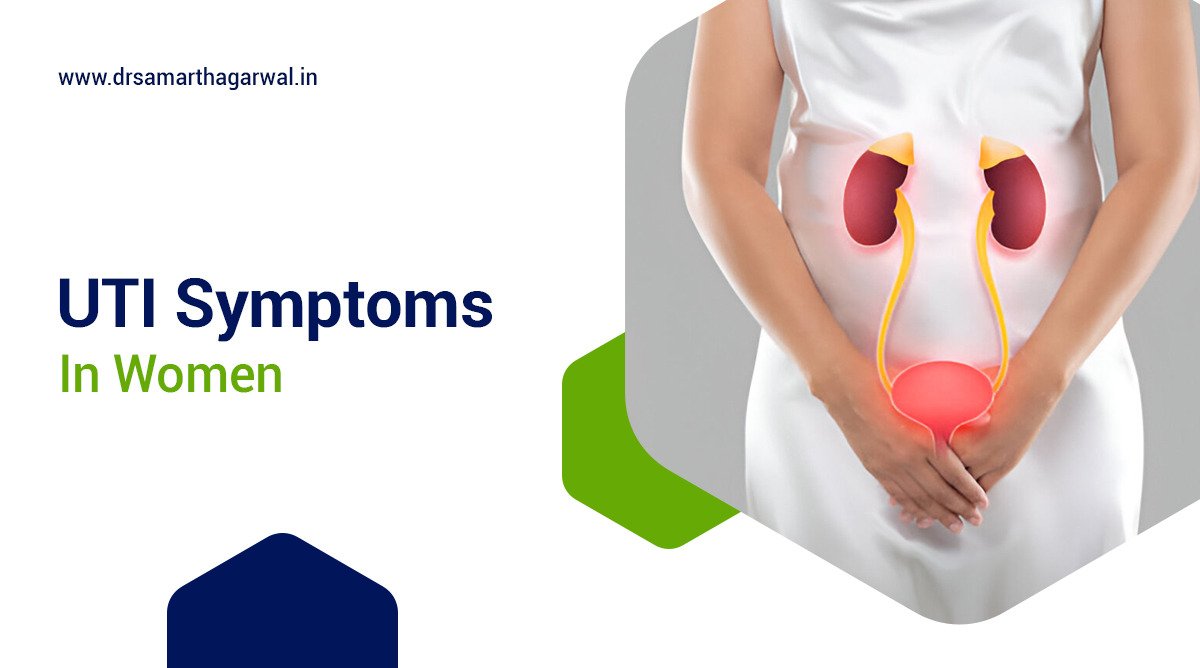Urinary Tract Infections (UTIs) are a common yet often misunderstood health issue that predominantly affects women. Understanding UTIs is essential for effective prevention and treatment, given the unique anatomical and physiological factors involved. This article delves into the risurinary tract, particularly the bladder and urethra. They are more common in women k factors associated with UTIs, common symptoms to watch for, and the potential complications that can arise from untreated infections. It also discusses the methods used for diagnosing UTIs and outlines the most effective treatment options available. Additionally, practical tips for preventing these uncomfortable infections are provided. Continue reading to empower yourself with valuable knowledge about a condition that impacts millions of women each year.
What are UTIs and Who is at Risk?
Urinary tract infections (UTIs) are bacterial infections that can affect any part of the due to specific anatomical and lifestyle factors.
These infections typically occur when bacteria, most commonly Escherichia coli (E. coli), from the bowel contaminate the urethra and begin to multiply, leading to inflammation and discomfort.
While nearly everyone is at some risk for a UTI, certain groups are more susceptible. Women face a higher risk because of their shorter urethras, which facilitate the entry of bacteria into the urinary tract.
Additionally, individuals over the age of 65, pregnant women, and those with chronic conditions such as diabetes are at increased risk due to hormonal changes, a weakened immune system, or altered hygiene practices.
Early recognition of symptoms and an understanding of the contributing factors are essential for effective prevention and treatment.
Common Symptoms of UTIs in Women
Women experiencing a urinary tract infection (UTI) may notice a range of symptoms. Keep in mind that not every woman will have all these symptoms, and the intensity can vary. Some common symptoms include:
- Frequent urination: Needing to go to the bathroom more often than usual, even if only a small amount of urine is passed.
- Urgency: A strong, sudden need to urinate that can be difficult to control.
- Dysuria: A burning or painful sensation during urination.
- Cloudy or Strong-Smelling Urine: Urine may appear cloudy, darker than usual, or have a strong odor.
- Hematuria: Presence of blood in the urine, which can sometimes make it appear pink, red, or cola-colored.
- Pelvic or Lower-Abdominal Pain: Discomfort or pressure usually in the lower part of the abdomen.
- Low-grade Fever or Chills: A low-grade fever or chills may occur; if the infection spreads to the kidneys, symptoms like back pain near the ribs (flank pain) and a higher fever may develop.
Complications from Untreated UTIs
Untreated urinary tract infections (UTIs) can lead to severe complications that carry a high risk of mortality and necessitate urgent medical intervention.
These complications include pyelonephritis, a serious kidney infection, and sepsis, highlighting the importance of effective urinary health management.
Possible Health Consequences
The health consequences of untreated urinary tract infections (UTIs) can lead to recurrent urinary issues, chronic kidney disease, and damage to the bladder or kidneys, highlighting the importance of proactive urinary health management.
Untreated UTIs can result in chronic kidney disease, which adversely affects kidney function and overall health in the long term. Additionally, infections that remain untreated can create a cycle of anxiety and distress, negatively impacting one’s mental health and quality of life.
This psychological toll can manifest as increased frustration or embarrassment associated with the frequent urge to urinate and the discomfort it causes, often leading individuals to avoid social situations. Ultimately, untreated UTIs can disrupt daily routines and contribute to a decline in both physical and mental well-being.
Diagnosing UTIs in Women
Evaluation Process:
A comprehensive evaluation by healthcare providers is performed, which includes an assessment of symptoms alongside laboratory tests to establish the presence of a urinary tract infection.
Urine Cultures:
A urine sample is collected and sent to a laboratory, where the sample is incubated until specific pathogens are identified. This step is crucial for choosing the appropriate antibiotic for treatment.
Urinalysis:
This comprehensive test evaluates the physical and chemical characteristics of urine while searching for indirect markers of infection, such as white blood cells and nitrates. It provides important clues that support the diagnosis of a UTI.
Urine Dipstick Tests:
These tests offer a rapid, preliminary assessment by detecting key compounds such as blood or protein. They enable healthcare providers to begin treatment promptly while waiting for the confirmatory results from other diagnostic methods.
Treating UTIs in Women
The treatment options for UTIs in women can be categorized into several types, including antibiotics, alternative treatments, and preventive measures. Here is a detailed list of these options:
Antibiotics for UTI Treatment
Oral Antibiotics: Commonly used for uncomplicated UTIs, these include:
- Nitrofurantoin
- Trimethoprim/sulfamethoxazole
- Fosfomycin
- Pivmecillinam (for women 18 years and older)
- Ceftazidime and avibactam (for complicated UTIs in adults and pediatric patients 3 months and older).
Intravenous (IV) Antibiotics: Used for severe infections or when oral antibiotics are not effective, such as in cases of high fever, severe pain, or inability to keep food and fluids down.
Alternative Treatments
- D-Mannose: A sugar that may block E. coli bacteria, potentially preventing or treating UTIs. It is often used as a dietary supplement for reducing the risk of recurrent UTIs.
- Methenamine Hippurate: A urinary antiseptic used for preventing recurrent UTIs, particularly in Scandinavian countries. It is effective in reducing the incidence of UTIs in certain populations.
- Cranberry Extract: While traditionally used for UTI prevention, recent studies suggest that cranberry products may not significantly reduce the risk of repeat symptomatic UTIs compared to placebo or no treatment.
- Probiotics: These aim to restore a healthy balance of flora in the urogenital area, potentially lowering the risk of future infections.
- Herbal Remedies: Including Uva Ursi, garlic, and green tea, which are popular for natural UTI treatment and prevention, though research on their effectiveness is limited.
Preventing UTIs in Women
Preventing urinary tract infections (UTIs) in women is essential for maintaining urinary health.
Effective strategies for prevention include:
- Practicing proper hygiene
- Drinking plenty of water
- Consuming cranberry juice, which has been associated with a reduced risk of UTIs
Preventive Measures and Tips
Preventive measures and tips for urinary tract infections (UTIs) in women can enhance urinary health and include good hygiene, regular hydration, D-mannose, and vaginal estrogen cream for those at risk.
Maintaining proper hygiene and staying hydrated play significant roles in preventing infections, while other practices support overall urinary health.
For instance, good hygiene practices, such as wiping from front to back, can limit bacterial transfer from the rectal area to the urinary tract, thereby greatly reducing the chances of infection.
Regular hydration is one of the simplest and most effective strategies for preventing UTIs, as drinking enough fluids helps flush bacteria out of the urinary system. Additionally, diluted urine is less likely to promote an infection.
D-mannose can help prevent recurrent infections by obstructing bacteria from adhering to bladder cells. Vaginal estrogen cream may also be considered after proper evaluation to help restore normal flora, particularly in post-menopausal women.
Together, these practices can help prevent UTIs and promote overall urinary health.

Contact Dr. Samarth Agarwal if you have any questions or concerns about UTI symptoms!




